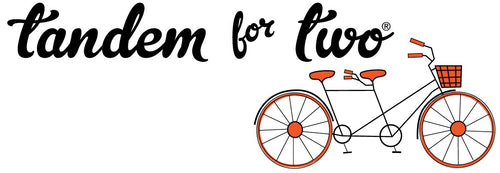
Stop Undervaluing Your Art & Products
Pricing art and products can feel like a mix of math, magic, and maybe a little bit of wishful thinking. Charge too little, and you’re barely covering your costs. Charge too much, and you worry no one will buy. So how do you find that sweet spot where your work is valued and you actually make money?
The key is understanding your margins—the difference between what it costs to create your product and what you sell it for. A healthy margin ensures you’re not just covering expenses but also making a sustainable profit.
What Should Your Margins Be?
A good rule of thumb:
- Wholesale pricing: Your margin should be at least 50%, meaning your wholesale price is twice your cost. This ensures you’re profitable even when selling in bulk to retailers.
- Retail pricing: Typically, your retail price should be 2 to 2.5 times your wholesale price. This accounts for your labor, packaging, marketing, and all the little costs that add up.
For example, if it costs you $10 to make a product:
- Wholesale price: $20
- Retail price: $40–$50
This structure ensures you’re making enough money to reinvest in your business and pay yourself properly.
Best Ways to Price Your Products
-
Know Your Costs
Add up materials, production, packaging, shipping, transaction fees, and labor. Don’t forget hidden costs like website fees or software subscriptions. -
Factor in Your Time
Whether you’re painting originals, designing products, or handcrafting items, your time has value. Calculate an hourly rate that reflects your skill level and experience. -
Research the Market
See what similar artists and brands are charging, but don’t race to the bottom. Pricing too low can make your work seem less valuable. -
Test and Adjust
If your products sell out immediately, you may be underpricing. If they aren’t moving, consider whether your audience understands the value, or if you need to tweak your pricing structure. -
Consider Perceived Value
High-quality photos, professional branding, and strong storytelling all make your work feel more valuable—allowing you to charge what it’s truly worth.
Pricing for Profit and Growth
Pricing shouldn’t feel like a guessing game. To ensure you’re covering costs and making a profit, follow these simple steps.
1. Calculate Your Total Costs
Before setting a price, you need to know exactly what each product costs you to create. Make sure to include:
- Materials (paint, canvas, paper, ink, clay, etc.)
- Production costs (printing, manufacturing, or any outside services)
- Packaging (branded boxes, tissue paper, stickers, inserts)
- Shipping supplies (mailers, labels, protective wrapping)
- Transaction fees (PayPal, Etsy, Shopify, credit card fees)
- Marketing costs (ads, photography, website fees)
- Your time (yes, your time has value—pay yourself a fair hourly rate)
If an art print costs you $14.50 to create, that’s your baseline.
2. Set Your Wholesale Price
Multiply your cost by at least 2 to cover expenses and profit.
- $14.50 (cost) × 2 = $29 wholesale
3. Set Your Retail Price
Multiply wholesale by 2 to 2.5 to get your retail price.
- $29 × 2 = $58 retail
4. Check Your Profit Margin
(Retail Price - Cost) ÷ Retail Price = Margin %
For a $58 print: ($58 - $14.50) ÷ $58 = 75% margin (ideal is 60-75%).
5. Adjust As Needed
- Selling out fast? Raise prices.
- Slow sales? Ensure your audience sees the value before lowering prices.
- Compare with similar artists to stay competitive.
6. Price with Confidence
Underpricing devalues your work. A strong price reflects quality and ensures your business stays sustainable.
Need help calculating your pricing? Let me know!


